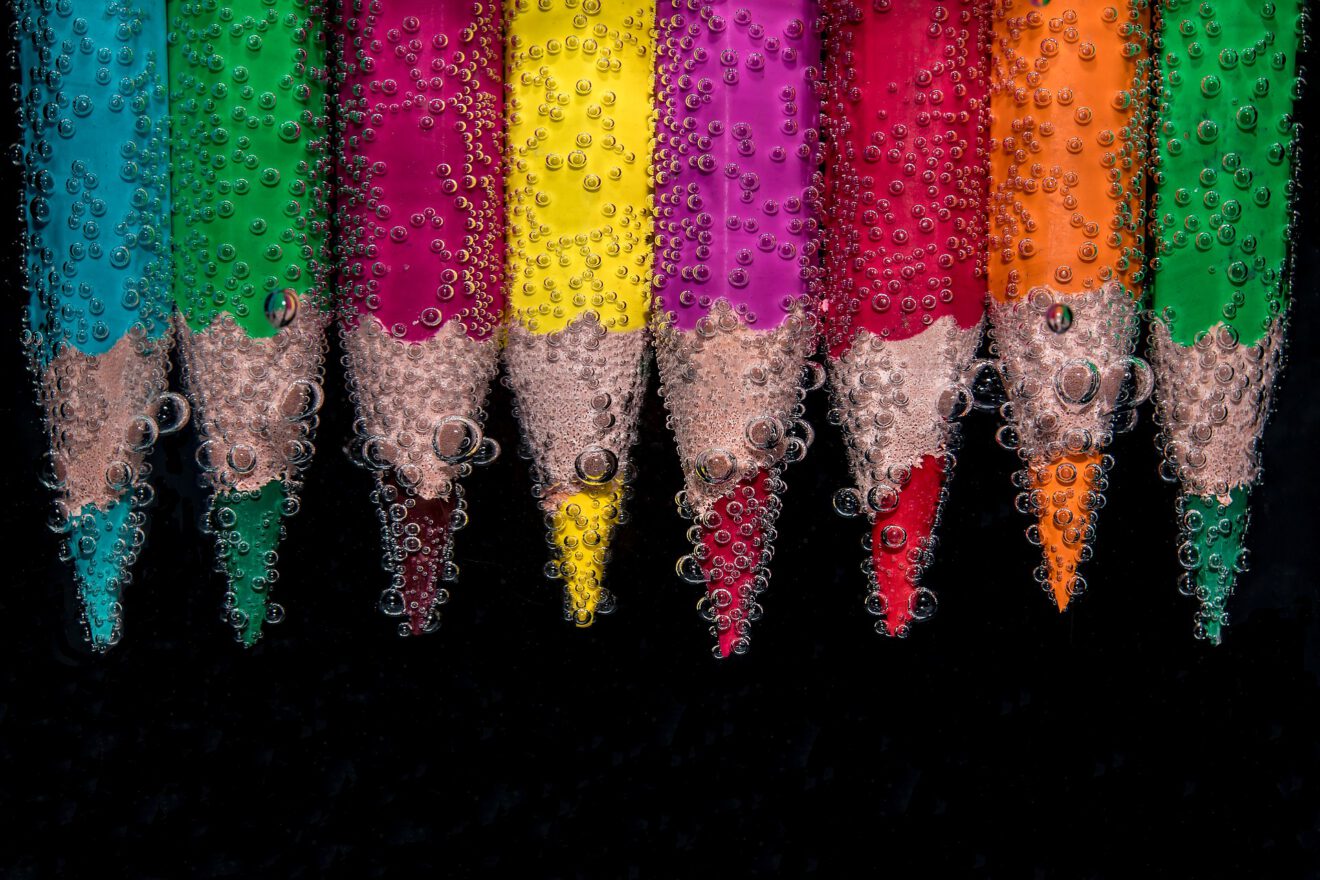Creativity is an important skill for success in the jobs of the future. In Georgia’s Clayton County Public Schools, we are integrating the arts into our teaching across all subject areas. And while our primary goal is to engage students in their learning and promote a deeper understanding of core content, fostering creativity is a significant by-product of what we are doing.
Research shows that integrating the arts throughout the curriculum can improve achievement and inspire even the most hard-to-reach students. Using the arts to teach core concepts makes the content more accessible for many students. Art is universal; it’s hands-on and visual, and it appeals to students of all abilities and learning styles. It can serve as a bridge to help students understand key information and demonstrate what they’ve learned, even if they are just learning to speak English.
In Clayton County, we have partnered with organizations such as ArtsNow and Crayola to help boost our arts integration initiative. For instance, instructional coaches and leadership teams in many of our schools have gone through Crayola’s creatED training to learn strategies for teaching core content using the visual arts.
For instance, when educators are teaching students about angles or proportions in math class, they might bring these concepts to life by explaining how artists use them when planning or sketching out drawings. Teachers might show students how artists use protractors or visual tricks to measure the angles between objects they are trying to reproduce and then have students apply this skill in drawings they create themselves.
This kind of hands-on activity turns abstract ideas into concrete knowledge. Students are applying math skills in a context that is both fun and familiar to them, and early evaluations suggest this strategy is paying off: We have seen math test scores rise for students in grades 3-5 as a result of our approach.
But an important side benefit is that we’re giving students a chance to flex their creative muscles. And that’s significant in its own right.
A growing chorus of employers point to creativity as an essential skill for workplace success. In a world that is rapidly changing, where many of the jobs students will hold haven’t even been invented yet, the ability to innovate and be resourceful will serve students well.
According to a report from the Partnership for 21st Century Skills, “Many of the fastest-growing jobs and emerging industries rely on workers’ creative capacity—the ability to think unconventionally, question the herd, imagine new scenarios, and produce astonishing work.” The World Economic Forum lists creativity among the skills that students will need to flourish in the evolving digital economy, and in a 2016 survey, nearly a quarter of employers said they look for evidence of creativity when hiring.
Creativity is a mindset. By no means is it limited to the arts or those who engage in the arts. But when students are drawing, painting, acting, creating, and composing, they are exercising their creative abilities. They are practicing the same iterative process by which we generate new idea, products, and solutions.
When we integrate the arts into core instruction, we are giving students a license to be creative. We are helping them develop skills that are fundamental to innovation. And we are cultivating a creative mindset. Not only are we helping students learn core content more effectively; we’re also preparing them for successful careers in an ever-changing world—whatever those careers might look like.
Monika Wiley is director of fine arts for Clayton County Public Schools in Georgia.
Tech Tips is a weekly column in SmartBrief on EdTech. Have a tech tip to share? Contact us at [email protected]
____________________________________
Like this article? Sign up for SmartBrief on EdTech to get news like this in your inbox, or check out all of SmartBrief’s education newsletters, covering career and technical education, educational leadership, math education and more.
